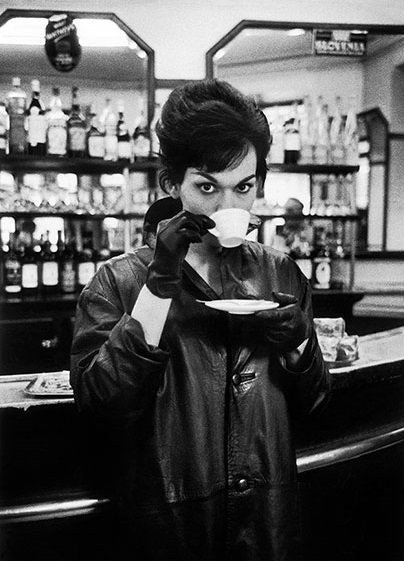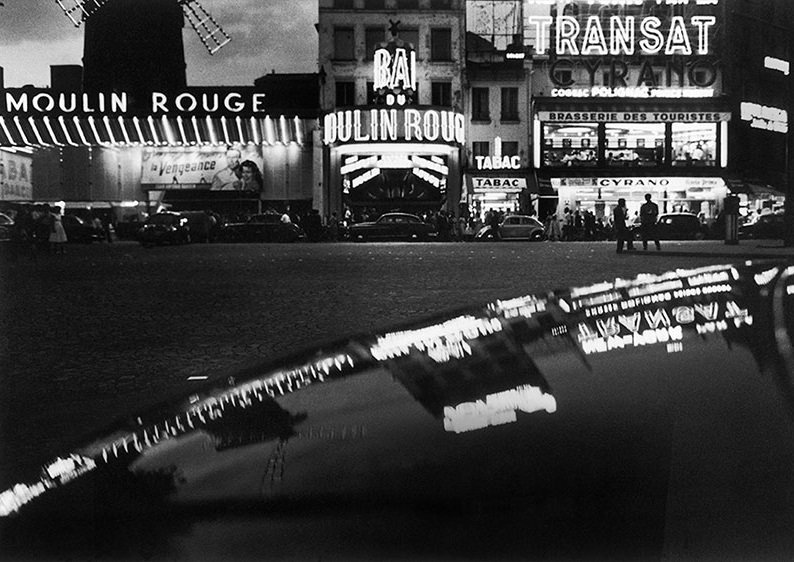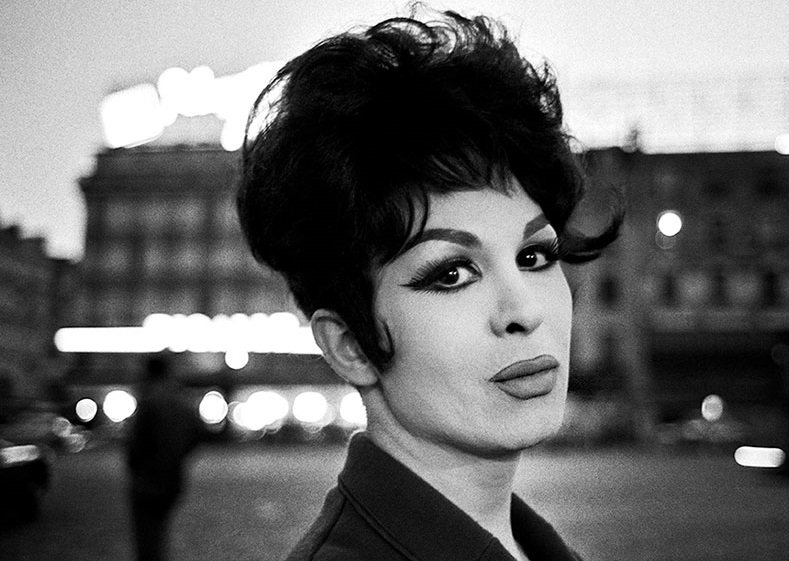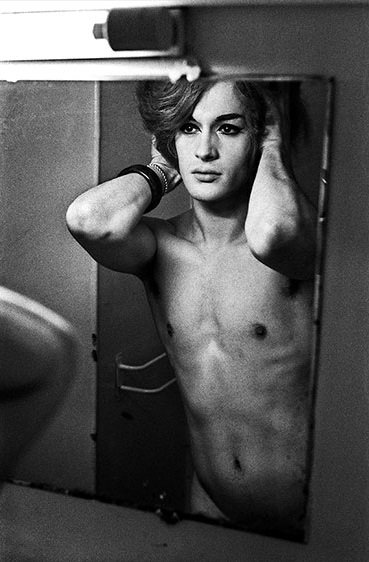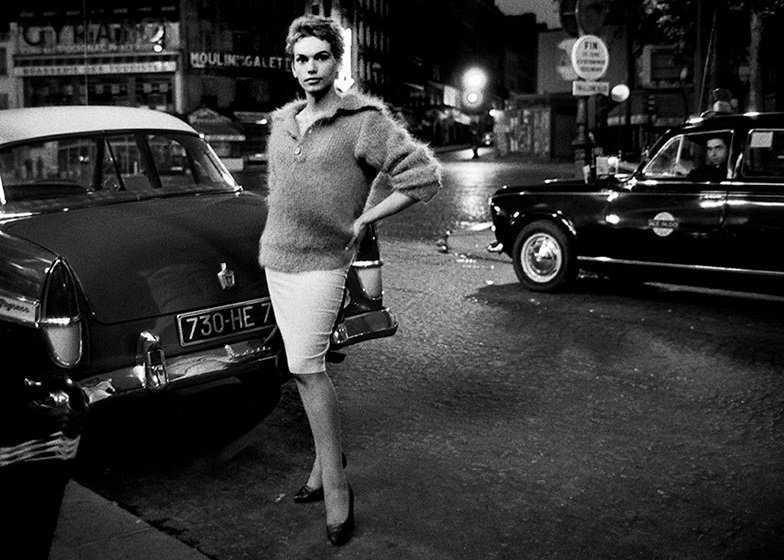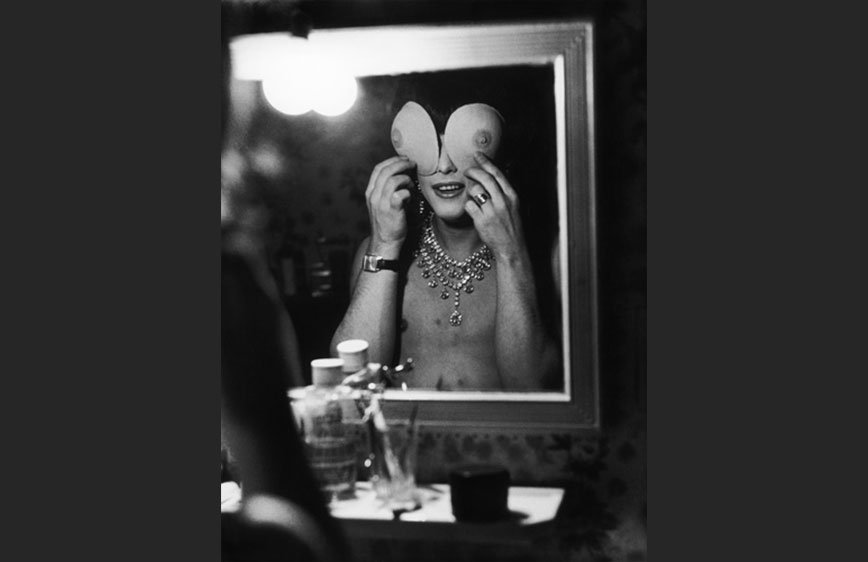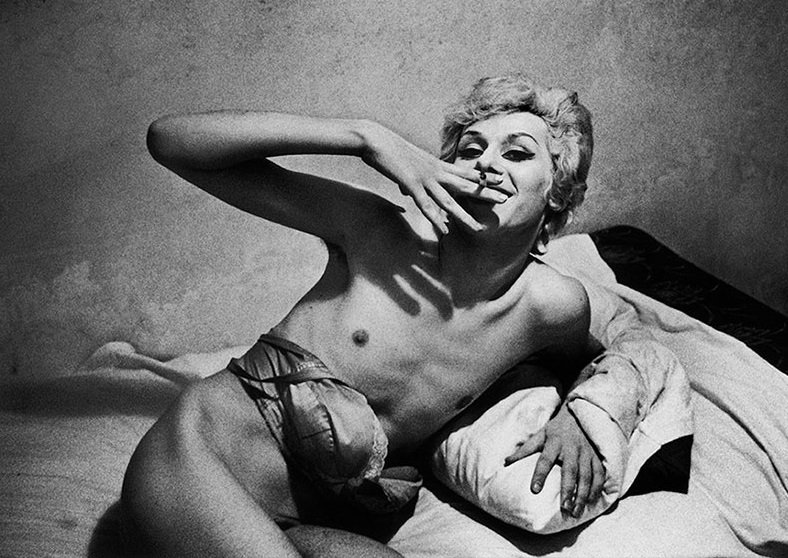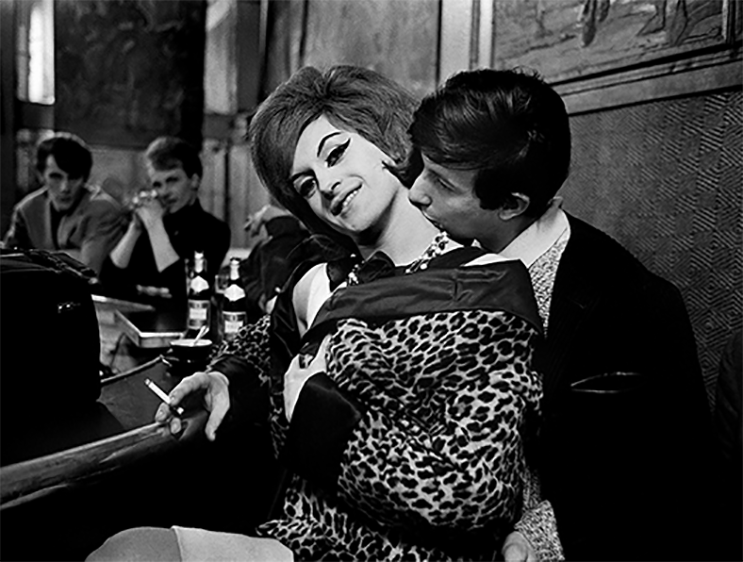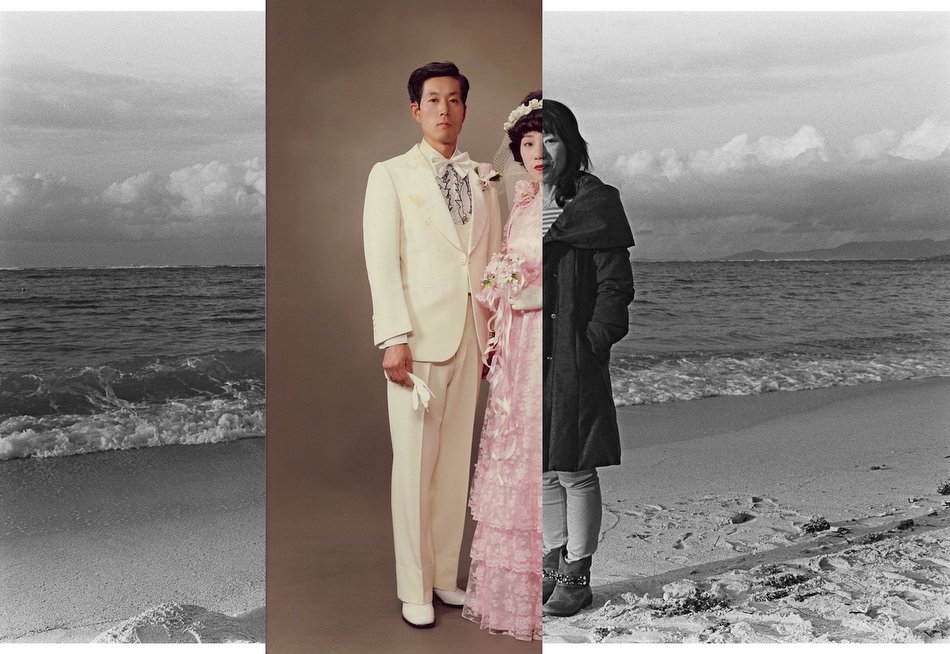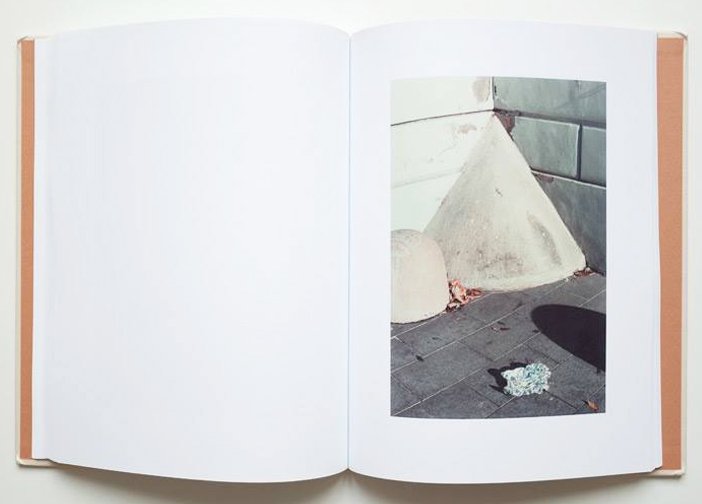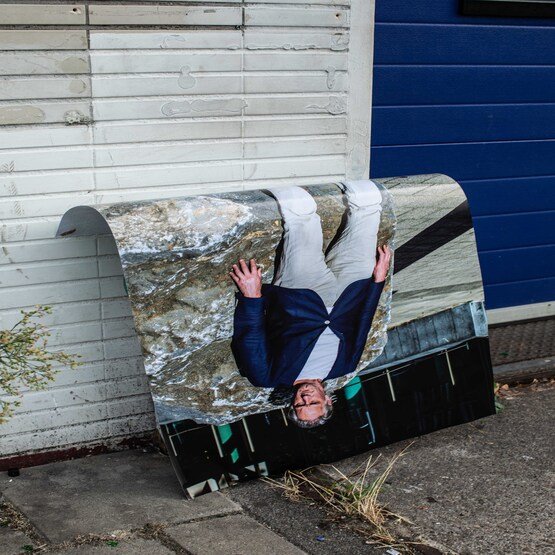France –
Christer Strömholm (Stockholm, Sweden, 1918–2001) is one of the most important European photographers of the twentieth century. He spent most of his life in Sweden, but he made France, and especially Paris, his second home. His series about the transsexuals of the Place Blanche was produced between 1958 and 1968. In the first edition of the book Les amies de Place Blanche (Vännerna från Place Blanche), published by ETC/ Johan Ehrenberg in Stockholm in 1983, Strömholm says:
“These are images from another time. A time when de Gaulle was president and France was at war against Algeria. These are images of people whose lives I shared and whom I think I understood.These are images of women –biologically born as men– that we call ‘transsexuals.’As for me, I call them ‘my friends of Place Blanche.’ This friendship started here, in the early 60s, and still continues.”
Images © Christer Strömholm Estate, Stockholm.
Photography and Published by RM Editorial, Les Nuits de Place Blanche immerses the reader in Parisian nightlife of the 50s and 60s, more specifically in the transsexual community in the neighborhood near Pigalle Square. Christer Strömholm, considered the father of Swedish contemporary photography, portrayed the characters in an intimate and exuberant way, either in the street or in the hotel rooms they were living. According to the photographer, this work is about one’s freedom to choose one’s own life and identity. Over the time, those images have become poignant reminders of human frailties and strengths. The series exudes fragility and beauty and symbolizes what working with photography means to Strömholm: the opportunity to deepen into big questions of life, such as love, death and human loneliness.

